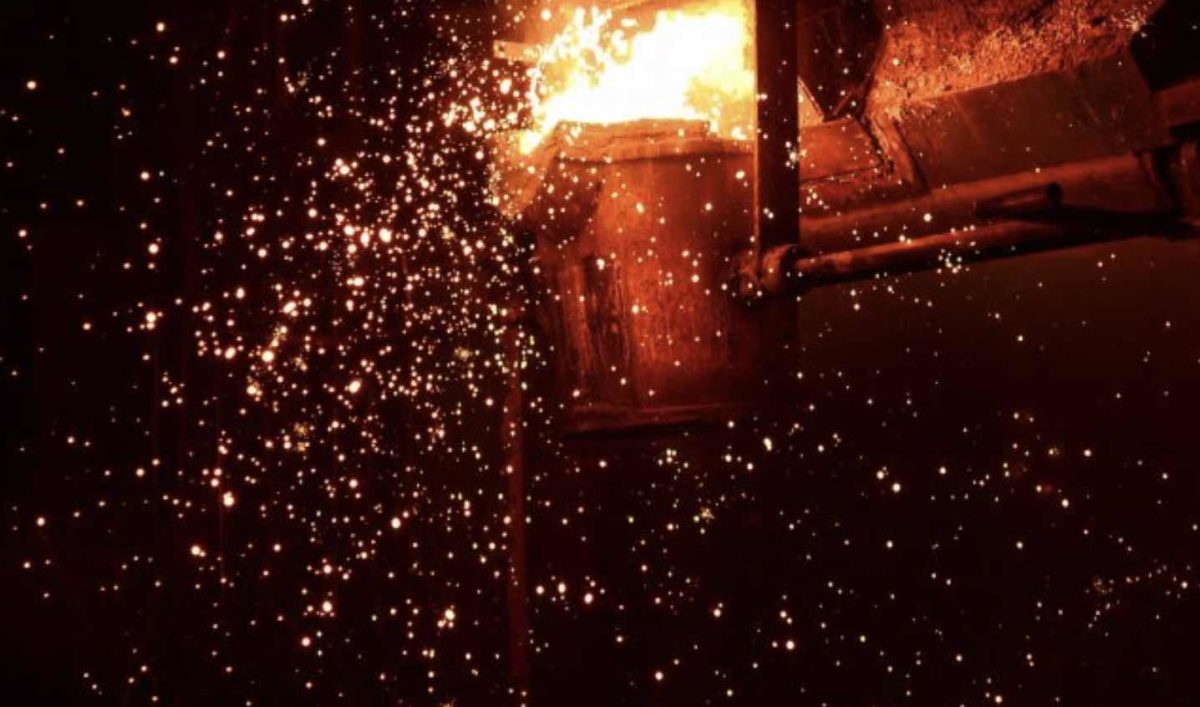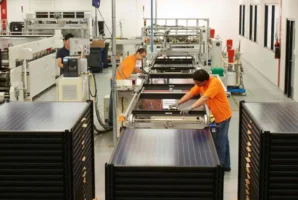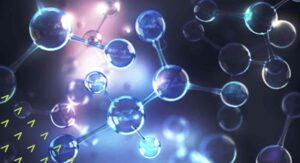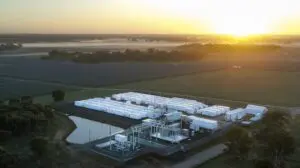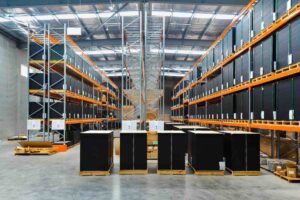Australian environmental technology company Calix will use a nearly $1 million government grant to further its studies to substitute hydrogen for gas to produce green steel, in hopes of providing a pathway for one of Australia’s most lucrative exports to become sustainable in a low carbon world.
The funding is being earmarked to cover about 48% of design and engineering work studies over 11 months for a proposed renewable energy-powered demonstration plant that would use Calix’s zero-emission steel technology (Zesty) to produce green iron and ultimately green steel.
Efforts to reduce iron ore to pure iron and produce steel in a more environmentally friendly manner are seen as key to helping reduce the massive carbon footprint caused along the entire steel production chain.
“Decarbonising big industries like steel is a big challenge — and a big opportunity — and Arena is looking support companies like Calix that are developing potential solutions,” Australian Renewable Energy Agency CEO Darren Miller said.
Currently some 90% of the world’s iron is produced using metallurgical coal and coke-fuelled blast furnaces. This conventional iron ore reduction process is responsible for 80-85% of the industry’s CO2 footprint and produces around 1.89 tonnes of CO2 for every tonne of iron produced, World Steel Association figures show.
Calix says its technology will allow it to reduce iron ore at significantly lower temperatures than conventional blast furnaces and allow for minimal consumption of hydrogen in the production of green steel.
Importantly, it is compatible with multiple iron ore types, including haematite, prized by mining giants Rio Tinto, BHP and Fortescue, and accounting for most of the nearly 1 billion tonnes of ore mined and exported in Australia last year.
“The decarbonisation of iron ore and steel represents a unique opportunity for Australia,” Calix CEO Phil Hodgson said.
“This project further aims to develop a homegrown Australian technology that we believe, together with Australia’s leading iron ore and renewables resources, can help make Australia a leading exporter of not just iron ore, but green iron and green steel.”
The location of the demonstration plant, capable of yielding 30,000 tonnes of steel annually, has yet to be determined and will follow a final investment decision by Calix, the company said.

